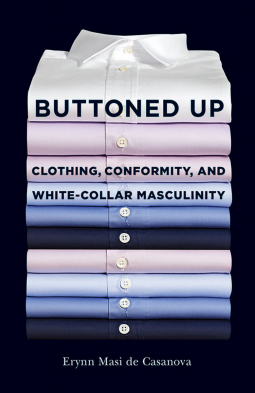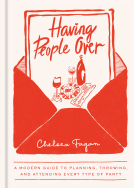
Buttoned Up
Clothing, Conformity, and White-Collar Masculinity
by Erynn Masi de Casanova
This title was previously available on NetGalley and is now archived.
Send NetGalley books directly to your Kindle or Kindle app
1
To read on a Kindle or Kindle app, please add kindle@netgalley.com as an approved email address to receive files in your Amazon account. Click here for step-by-step instructions.
2
Also find your Kindle email address within your Amazon account, and enter it here.
Pub Date Dec 18 2015 | Archive Date Nov 24 2015
Cornell University Press | ILR Press
Description
Who is today's white-collar man? The world of work has changed radically since The Man in the Gray Flannel Suit and other mid-twentieth-century investigations of corporate life and identity. Contemporary jobs are more precarious, casual Friday has become an institution, and telecommuting blurs the divide between workplace and home. Gender expectations have changed, too, with men's bodies increasingly exposed in the media and scrutinized in everyday interactions. In Buttoned Up, based on interviews with dozens of men in three U.S. cities with distinct local dress cultures—New York, San Francisco, and Cincinnati—Erynn Masi de Casanova asks what it means to wear the white collar now.Despite the expansion of men’s fashion and grooming practices, the decrease in formal dress codes, and the relaxing of traditional ideas about masculinity, white-collar men feel constrained in their choices about how to embody professionalism. They strategically embrace conformity in clothing as a way of maintaining their gender and class privilege. Across categories of race, sexual orientation and occupation, men talk about "blending in" and "looking the part" as they aim to keep their jobs or pursue better ones. These white-collar workers’ accounts show that greater freedom in work dress codes can, ironically, increase men’s anxiety about getting it wrong and discourage them from experimenting with their dress and appearance.
Advance Praise
Available Editions
| EDITION | Other Format |
| ISBN | 9781501700491 |
| PRICE | $19.95 (USD) |
Links
Average rating from 7 members
Readers who liked this book also liked:
James Patterson; Imogen Edwards-Jones
Historical Fiction, Mystery & Thrillers, True Crime
qntm
General Fiction (Adult), Mystery & Thrillers, Sci Fi & Fantasy














